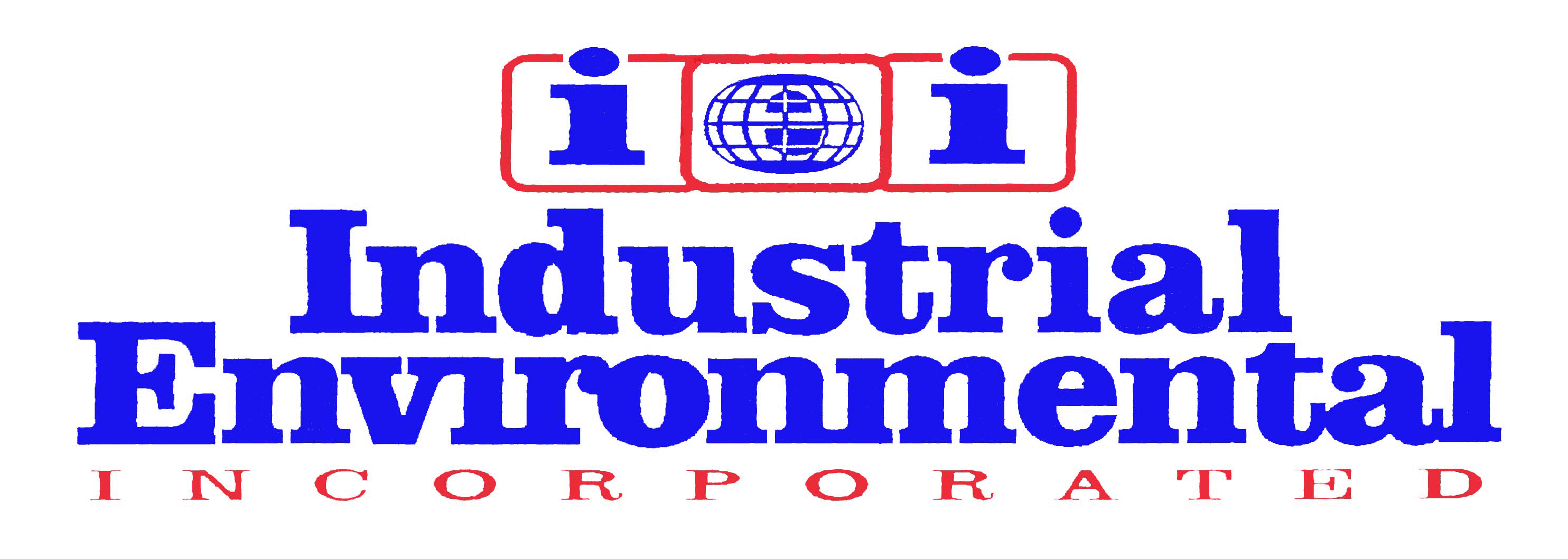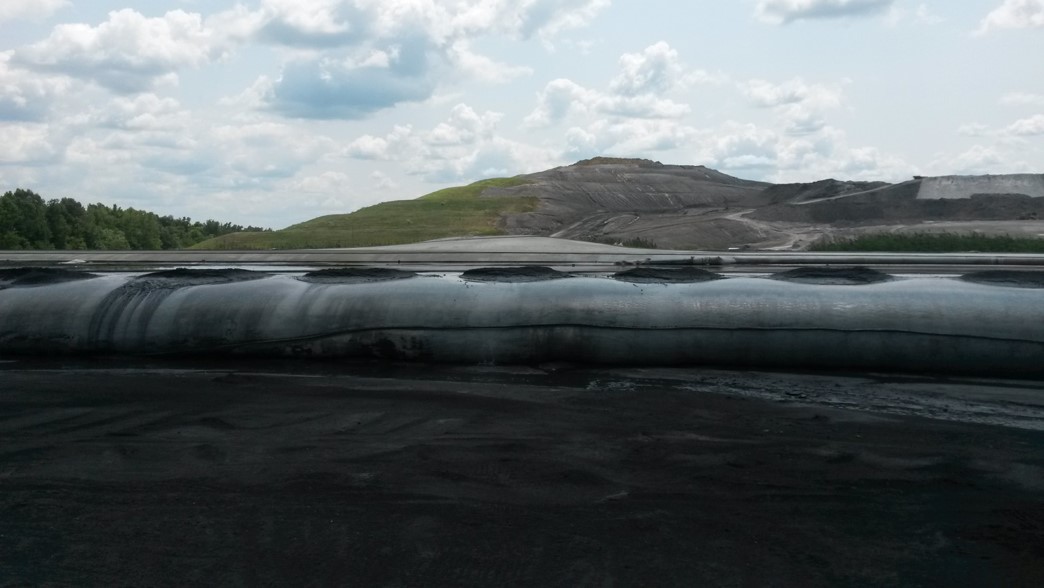Dewatering
Spoils Management is the most important consideration of a dredging project. A plan for the handling of dredge spoil must be developed before any dredge plan can be implemented. The following issues must be examined carefully to plan a successful project:
- Ultimate Disposal Requirements
- Material Handling Techniques
- Regulatory Requirements
- Discharge Limits
- Footprint
An appropriate Spoils Management Method can be determined after careful examination of project limitations.
Industrial Environmental, Inc. specializes in the following methods of spoils management.
A temporary laydown area is constructed to contain an adequate number of geotextile tubes to contain the projected volume of dredge spoil. This area is temporary and a much smaller footprint than a constructed spoils area. The material treated in the geotextile tubes will dry much quicker, and can be handled and disposed of with no free liquid.
Potential Advantages
- Much more economical than Mechanical Dewatering
- Smaller footprint than a Constructed Spoils Area
- Material can be efficiently handled
- Limited utility requirements
- Limited additional equipment
- Effluent Quality can be finely controlled
Potential Disadvantages
- Requires a limited footprint
- May require several weeks for material to dry enough for handling
This method requires the mobilization of a belt press, filter press, or centrifuge, along with ancillary equipment. Requires the smallest footprint, and material is immediately ready to handle.
Potential Advantages
- Material is immediately ready for disposal
- Effluent Quality can be finely controlled
- Very Small Relative Footprint
Potential Disadvantages
- Most Expensive
- Slowest Method
- Most Equipment Intensive
- Requires Substantial Utilities to operate



